Murals
Why compete with tricks against surprises?
Mural painting is often a race against time because most of the time someone will “allow” you to paint their wall. And they will then stand behind you and wait until you are “done”. The problem with walls are often different subsurface parts, the materials and absorbency of which change your colors during the drying process.
The color effect after drying cannot always be estimated, even with a lot of experience. — If artist’s acrylic paint is also mixed with emulsion wall paint, the wet tone of the paint is different from that which ultimately appears in the picture. The white of the wall paint is an opaque pigment compared to the slightly translucent white of the “artist’s paint”. Both types of paint react completely differently in terms of their covering behavior as a background and when painting over them. You should recognize and try out these effects on each other before you go to the “construction site”.
The reworking of the large-scale painting with the airbrush is similar to the coloring or retouching of a grayscale photograph. It expands the possibilities of acrylic painting to the illusionary “wet on wet and tone on tone” painting across the entire composition, ignoring the quick drying times of acrylic paints.
I like to paint with a 4cm wide brush saturated with several coordinated colors. When I paint, I hold the brush in such a way that light and shadow are written into a landscape with the surface of the brushstroke as a finished fragment in one stroke. This method requires experience and practice, it gives good results. Painting in this way gives excellent results on forested mountains and waterfalls. After defining the shape of the dark green trees, I fill in light yellow, achieving the effect of their lighter and convex parts.
This method of painting was a great relief – executing “boring” parts of the picture in which there are no interesting (compositional) shapes. With such tricks up my sleeve, I managed to cover hundreds of (square) meters of surface in a very short period of time.
The playful use of paint and canvas
Sometimes I poured liquid paint on large canvases and then just played with the brush really quickly. Like a small child, I drew lines through the painting and have very often revived a failed painting. I accelerated the drying time of oil paints and shortened them to up to several hours. Splashing with the paint on the canvas, I continued to work with the painterly spatula. Unusual intense smell, floating in my studio often discourages me with this technique.
I pour the prepared primary colors swinging, from different sides, onto the surface of the canvas. Spilled paint created fantastic patterns. Colors of yellow and red combine into orange and the blue turned into a fabulous blue green. My eyes opened in amazement as the multicolored stalactites formed on the surface of the canvas twinkled to me over strange colors. The game became delicious when I again filled new paint on an old spot letting it penetrate the colorful spots and this time tilting the canvas in a different direction. with paint and canvas.
If I splashed the brush full of paint over the canvas or spilled it with a spoon, I got a great effect of colorful flowers. Subsequent colorful patches change the colors of the early effect, reshaping the old image. If my painting is spoiled because I took some steps too carelessly, I could still cover the painting with a cloth and gently move it in different directions. So I blurred the sharp contours and accidentally achieved completely new effects. They were often much better than at the beginning.
Rubbing with a paint-soaked foil, I modeled the image from its original shape into the next patterns. The picture then gets a new look and will in no case remind you of the first/previous work step.
I also stamped / dabbed acrylic paint on walls with wrapping foil and later added geometric shapes to the abstract patches. Airbrush and the Wagner spray gun are very useful here. They transform the chaos of random spots into harmonious compositions.
The “airbrush” effect of the colored light
The color changing of the colored lights turned out to be a great discovery for me. The lamps react to the sound and with a simple controller you could give the paintings special life. Red shapes illuminated with blue light blend with black background and disappear from view.
The insertion of a colored light into the image transforms the pattern seen into a completely different one that was previously unrecognizable. As the speed of color change increases, the images dance and evoke enchanting movement of shapes. With a few lighting effects it is possible to simulate the rising sun in a large room, bringing a complete change to the usual collections of images. The sky is able to appear red color or as black starry sky.
When I used the picture of fluorescent dyes it gave them the neon effect. With additional UV light, another illusion of space is created.
The transition from large areas to small formats
While I painted large pictures for decades, I neglected the small format. I wanted to move while painting and I felt very limited on the surface of small format. I barely touched a brush before it slipped out of the picture. In the beginning, the transition to small formats was a terrible experience for me. Later, with great satisfaction, I also painted something smaller. If I didn’t get the result I expected, just put the picture in the corner until I feel like it again, meanwhile filling in the gap in experience.
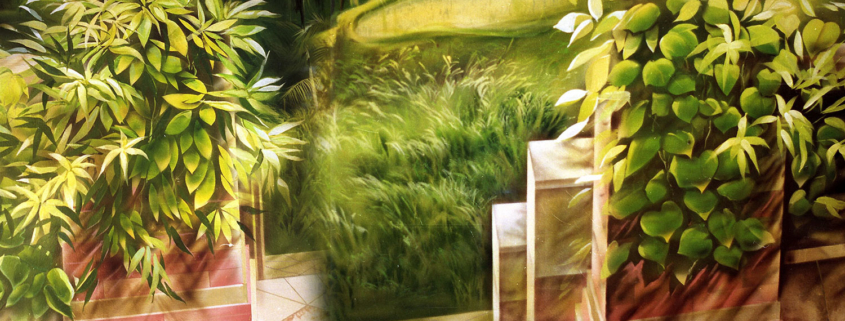
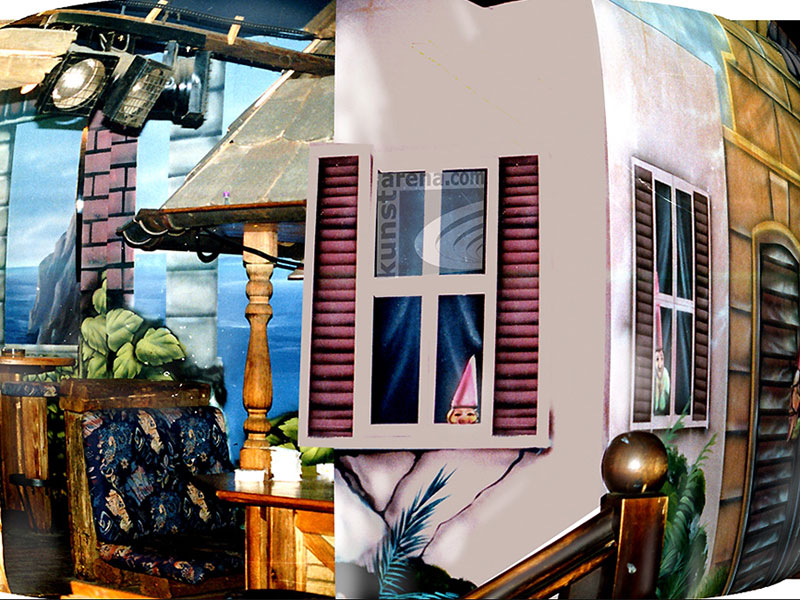
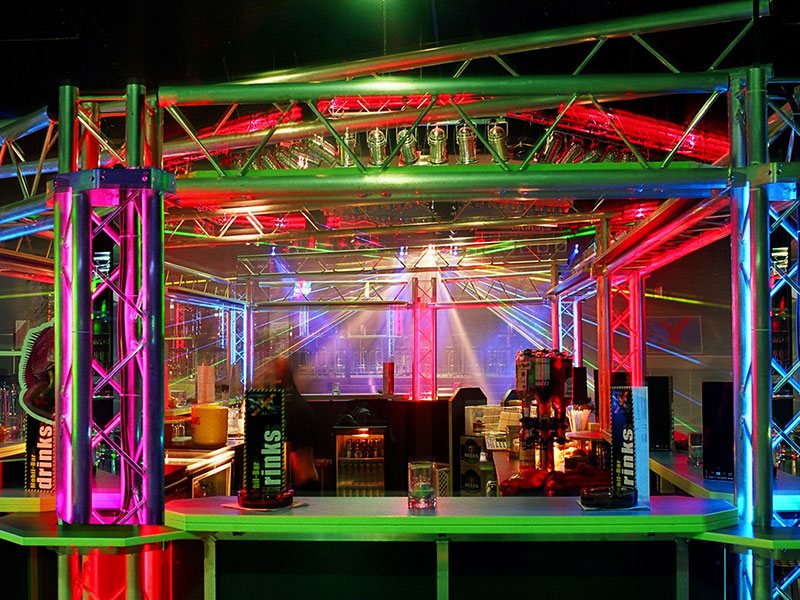
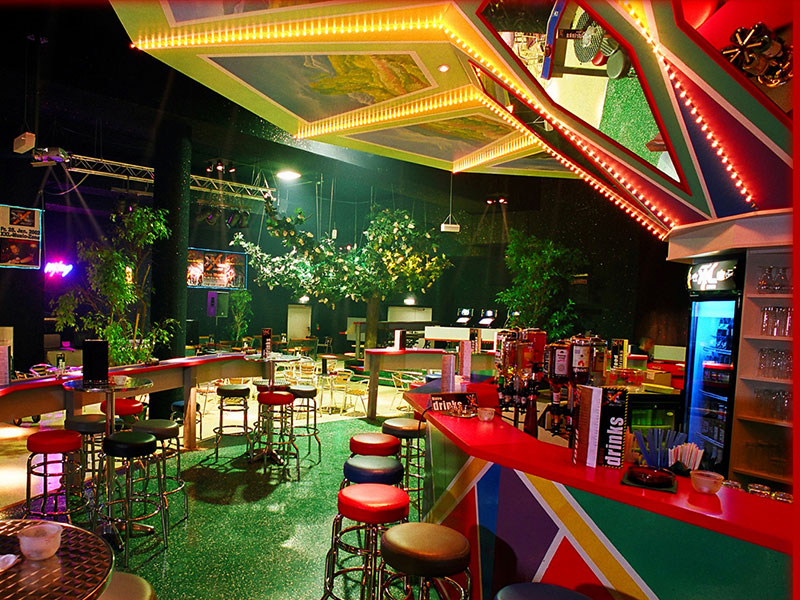
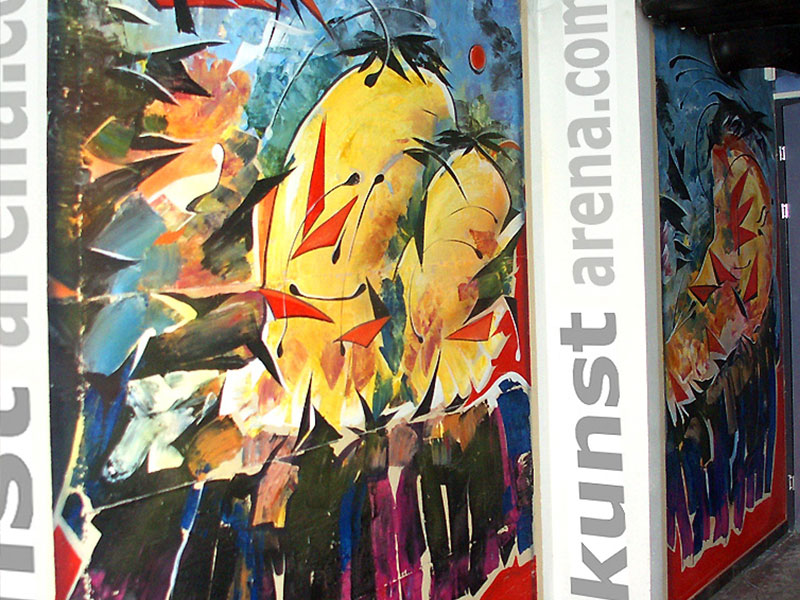

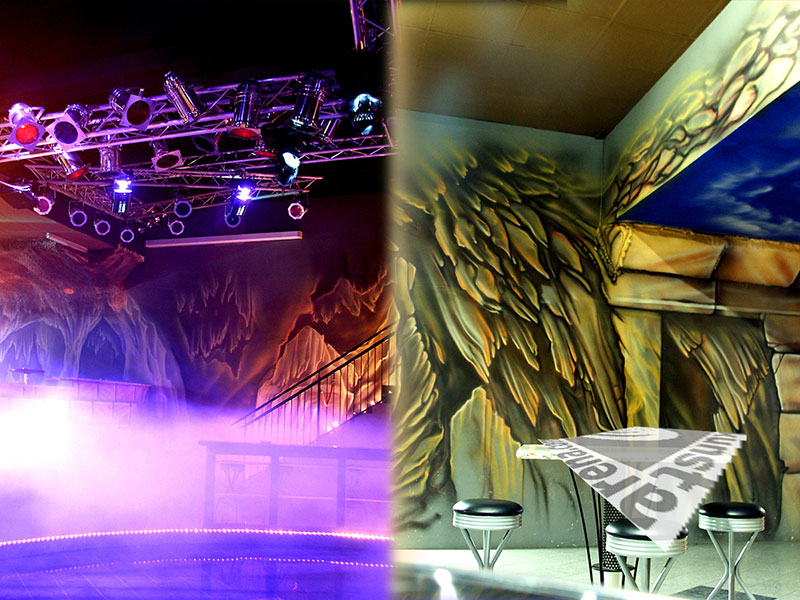

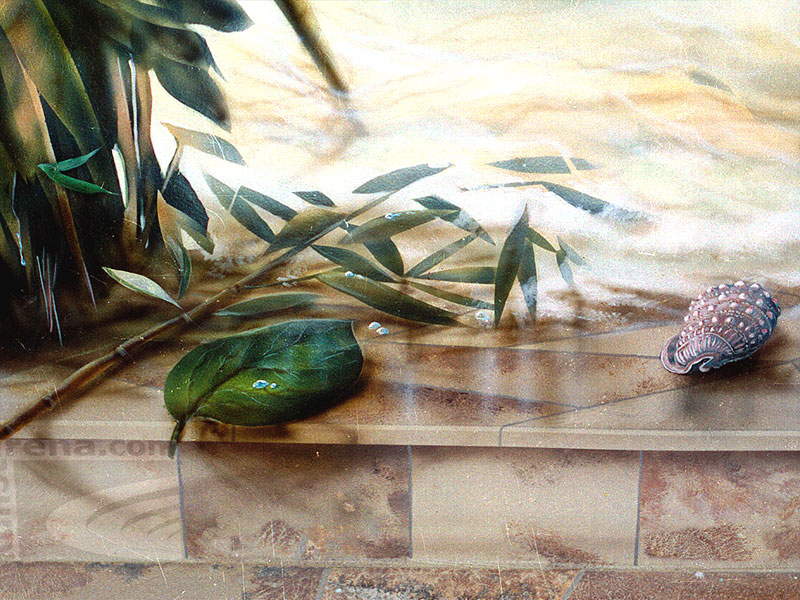
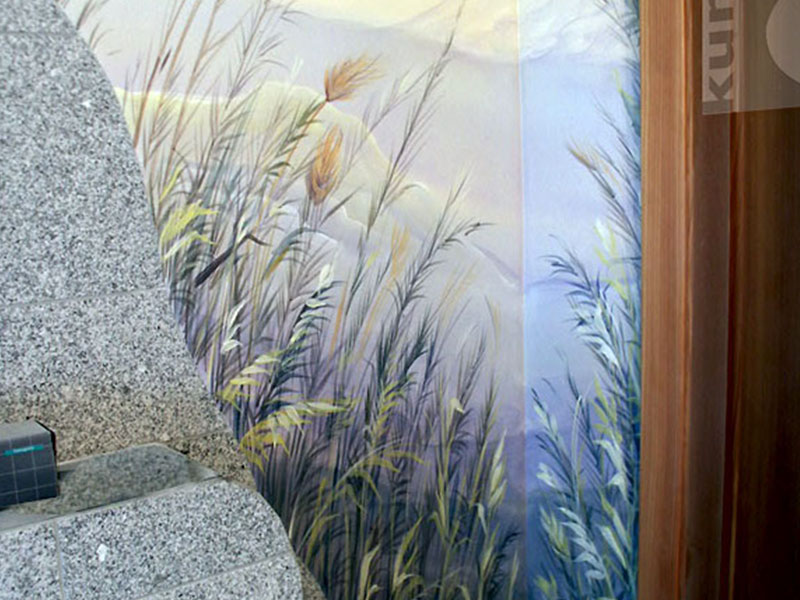
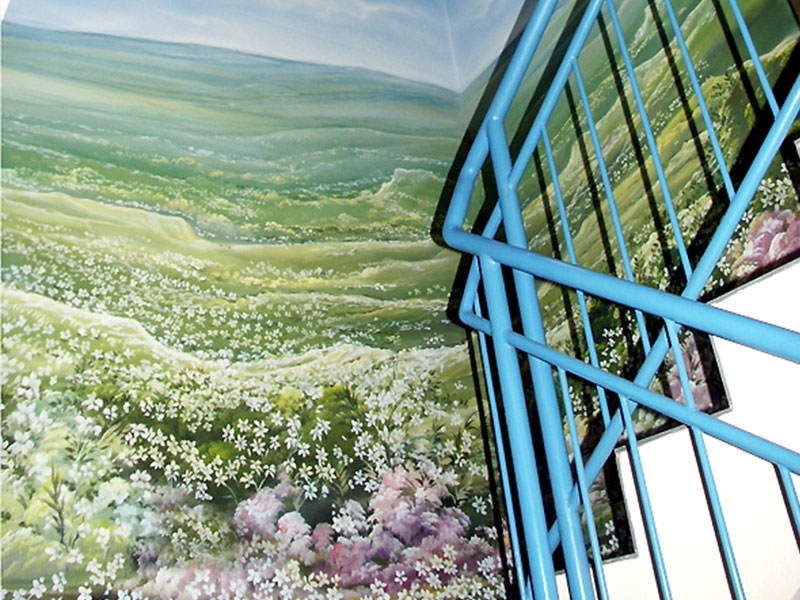
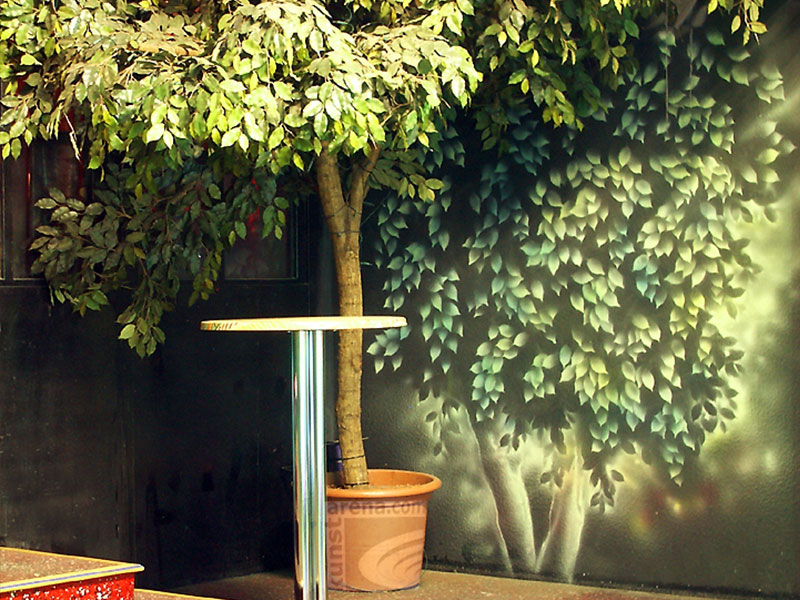
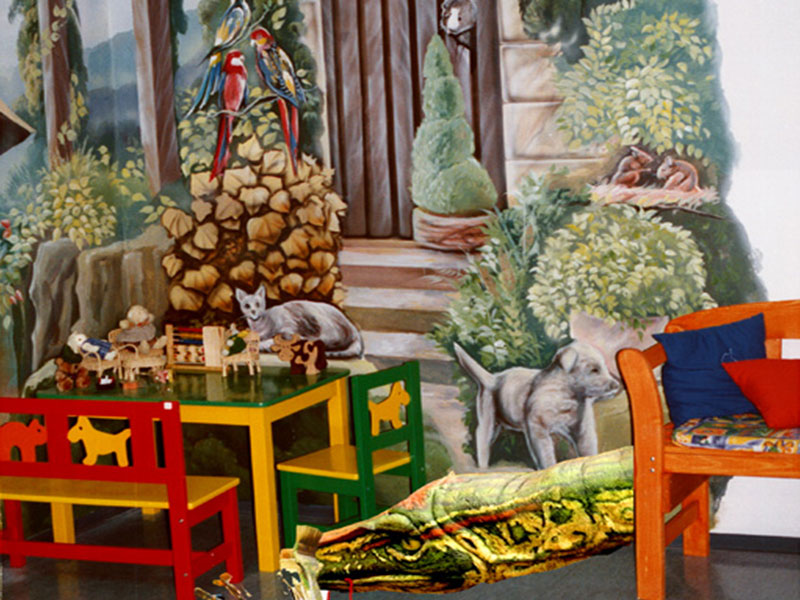

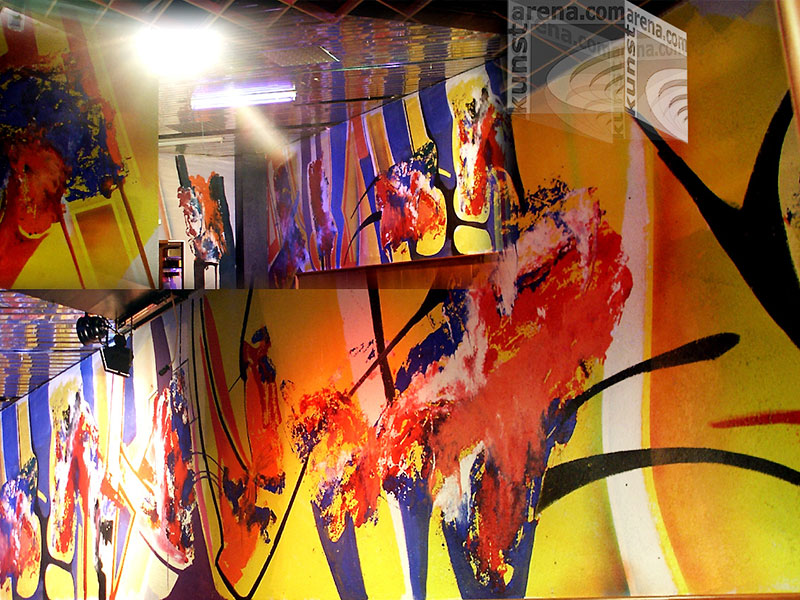
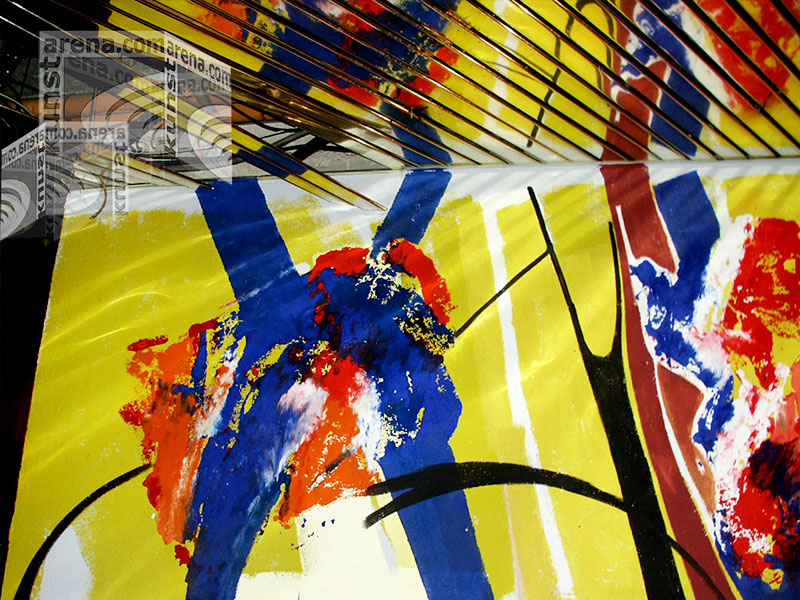

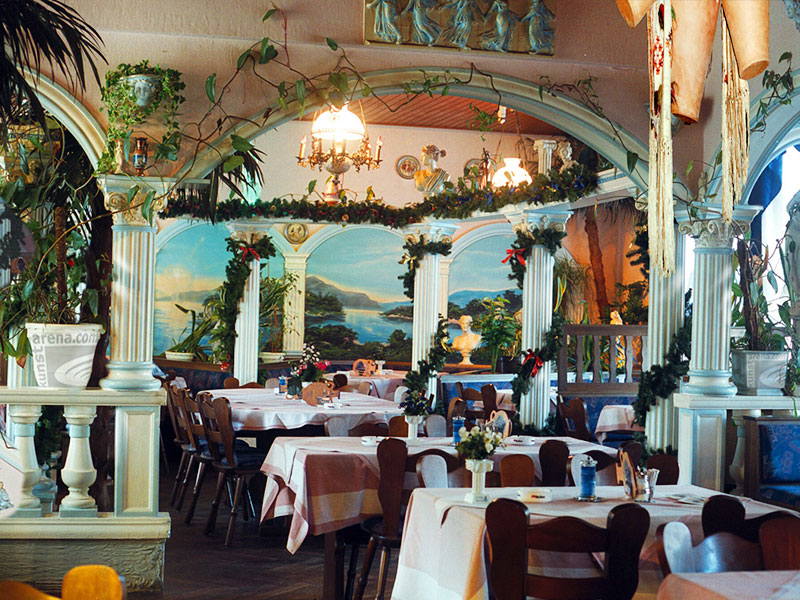
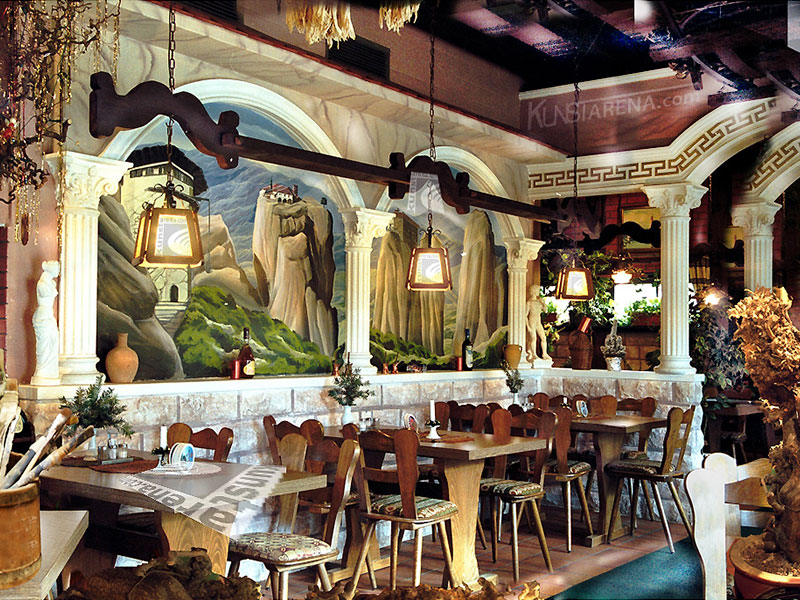

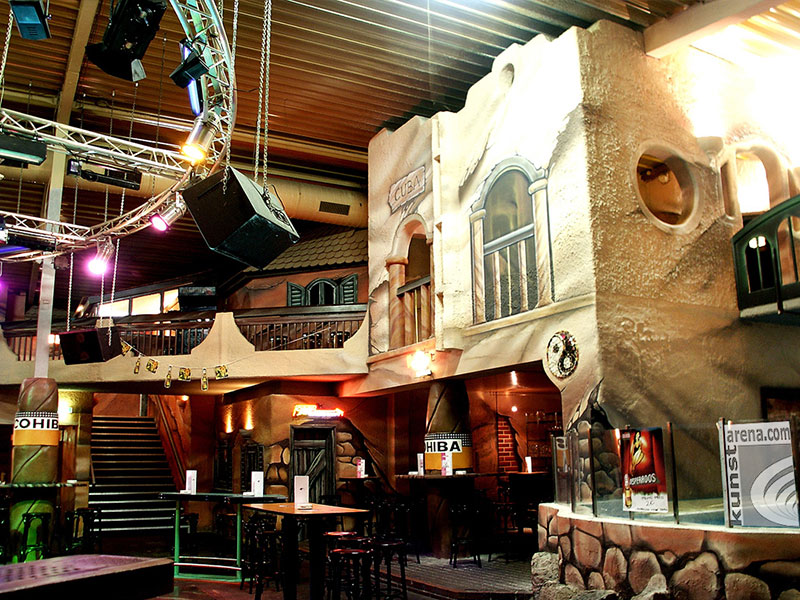

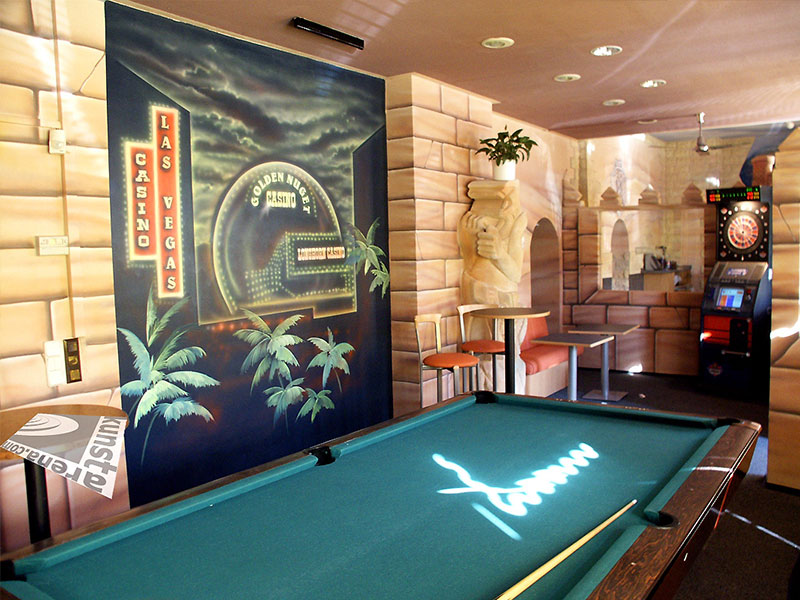
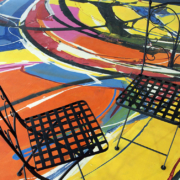


Leave a Reply
Want to join the discussion?Feel free to contribute!